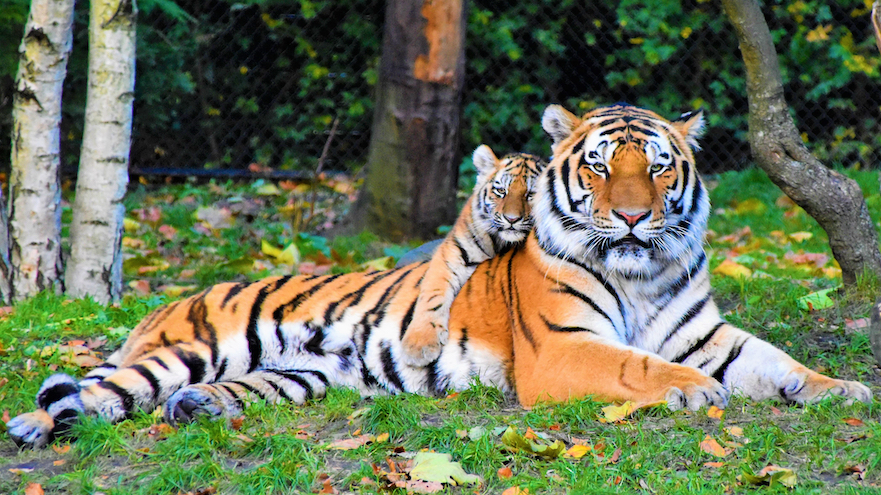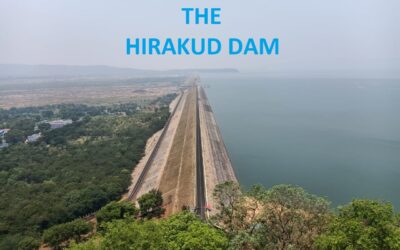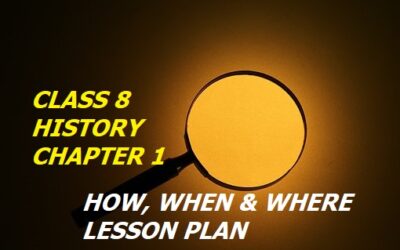Class VIII Social Science Natural Vegetation And Wildlife Lesson Plan
Preparing Class VIII Social Science Natural Vegetation And Wildlife Lesson Plan is not very easy.
Children often think that crops and Natural Vegetation are same.
Then, they also get confused between plantations (man made) and Natural Vegetation.
Moreover, a big question also arises How much natural is our Natural Vegetation?
We are left with only 20 percent of our Natural vegetation.
Therefore, Should we feel proud of our Natural vegetation?
Almost, the story is the same for wildlife.
Most of them are at the verge of extinction.
But, the role of a teacher is to teach and to make the students feel proud about the bio-diversity of our country.
Difficult. Isn’t it.
Therefore, you need a good, detailed and interactive lesson plan on Natural vegetation and wildlife.
Social Science Lesson Plan On Natural Vegetation And Wildlife
Class VIII
Subject: Geography
No. of periods required: 05 to 06
Name of the chapter: Natural Vegetation And Wildlife
General Objective:
i) Firstly, to create interest in the subject.
ii) Secondly, to develop thinking and problem solving skills.
iii) Thirdly, to develop communication and collaborative skills among the students.
iv) Fourthly, to make the students aware about the benefits of Natural vegetation and wildlife and
v) Finally to know about methods of conservation.
Learning Objective:
- to find out the nature of diverse flora and fauna as well as their distribution.
- to develop concern about the need to protect the bio-diversity of our country.
Specific Objective:
After reading the chapter the students will be able to
- understand about the number of species of plants and animals in India.
- relate how climate ,topography, slope affect the growth of Natural Vegetation and wildlife
- understand the Importance of ecosystem and conservation methods.
Application:
Apply the gained knowledge in their real life situation.
Teaching Aid:
Black-Board, Chalk, Duster, Smart class, PPT’s., Images of different types of forests and wild animals.
Teacher Student Interaction On Natural Vegetation and wildlife:
The teacher uses Interactive method to check their previous knowledge.
Teacher’s question:
Have you ever seen a forest?
Students answer:
Yes
Teacher:
Have you also seen lion, tiger, leopard in the forest?
Students:
Teacher I have seen in a zoo, National Park.
Teacher:
Is it good to cut a tree or kill a wild animal?
Students:
No.
Teacher:
Do we have same type of forests and wild animals everywhere?
Students:
No answer.
Announcement of the Topic:
Teacher: Today we will know about different types of forests
Teaching Points:
- Introduction
- Uses of natural vegetation and wildlife
- Distribution of natural vegetation
- Conservation of Natural Vegetation and Wildlife
- Methods of conservation
Social Science Lesson Plan On Natural Vegetation And Wildlife
Teaching Method: Interactive, Lecture cum Discussion Method
The teacher uses various methods to make the topic interesting.
Also interacts with the children so that they are involved in the discussion.
Explains what is Natural vegetation?
Discusses important terms like ecosystem, biome, forest fires etc.
Also discusses about distribution and conservation of Natural vegetation and wildlife.
Activity 1: Oral test from Natural Vegetation and Wildlife:
Q1. Why are forests grown in and around industries?
Q2. Name the factors that affect the nature of vegetation found in a region?
Q3. What are the advantages of forests (Natural vegetation)?
Q4. How did Sunder vans forest get its name?
Q5. Which wild animals are the major target of poachers?
Activity 2: Inside outside circle
The teacher asks the students to make two circles.
Students will stand in two circles with students facing each other.
Students are paired up with someone directly across from them in the other circle.
The student in the inner circle will ask a question from the student in the outer circle.
when the teacher ask to move on, the students in the outside circle take one step to the right and make new partners.
In this way the game continues.
when everyone has had a chance, now they are free to discuss to each person around the circle.
Students will have fun, interaction and exchange of knowledge.
Activity 3: Group Learning
Topic: Types of Natural Vegetation
The teacher divides the class into five groups.
One group will be given one natural vegetation e.g. group 1 gets Equatorial forests.
Each group member has to explain about temperature, rainfall, region, important trees and wild animals found.
One by one all the five groups with five members each will get a chance to speak.
While other students will get a chance to listen and cross question.
Activity 4: Dumb Charade
A student will stand in front of the class.
He has to think the name of a tree / animal.
Students of any one row will get 1 minute chance to guess the name.
They can ask questions whose answers should be in yes or no. e.g. it it found near equator?
This will be a fun loving activity which will not be assessed.
Assessment Criteria:
i) Knowledge of the subject.
ii) Presentation.
Two students (who are not participating) along with the teacher will judge the activity and accordingly marks will be awarded to the group.
Skills developed:
i) thinking and problem solving skills.
ii) collaborative skills.
Class work:
Short questions framed from the chapter will be provided to the students.
The students will note down these questions in their note books.
Each student has to write the answer.
Techniques to be used:
Think pair share
Discussion
Group work
Map work
Short questions:
1. Which is the National animal of India?
2. Name the natural habitat of Indian lion.
3. In which forests the roots of the trees are submerged in water.
4. Mention any five steps taken by government to protect trees and animals.
5. Write the names of any two endangered and two extinct species.
Home work:
- The teacher asks the students to complete exercise questions given in the chapter
- Draw or paste the picture of at least one common animal found in each type of forest.
Interdisciplinary activities from Natural Vegetation and Wildlife:
The teacher gives enough choice.
Students have to participate in any one activity.
However, students are free to take up any one activity either individually or in a group.
Integrating with Mathematics:
Collect the data of the number of lions in last five decades – 1971, 1981, 1991, 2001 and 2011.
Represent it on the graph.
Calculate the decrease in number of lions in percent
Integrating with Political Science:
Make strict laws on destroying the Natural Vegetation and killing of animals.
Discuss how these laws can be made more effective.
Integrating with English / Hindi:
Write an auto biography of a tree which has been cut.
An auto biography of an endangered wild animal.
Read the poem in Hindi Hum Panchi…
OR
Write slogans for the conservation of plants, trees and wild animals.
Integrating with Biology:
Prepare a list of trees which has medicinal value.
Also mention for which disease it is useful with reason https://www.thoughtco.com/drugs-and-medicine-made-from-plants-608413.
Similarly, make a list of animals.
Also mention which part of it is used in making medicines.
Assessment criteria:
Moreover, the teacher will assess the project report under the following parameters:
Content, Presentation and Language.
Social Science Lesson Plan On Natural Vegetation And Wildlife
Learning Outcome:
After reading the chapter, the students will be:
- Firstly, able to differentiate between Natural vegetation and crops.
- Secondly, understand the importance of Natural vegetation and wildlife.
- Thirdly, appraise the efforts made by the government for their conservation.
- Fourthly, Understands what will happen if there is no natural vegetation and wildlife.
- Lastly, able to play an important role in the conservation of natural vegetation and wildlife.
Remedial Measures:
- Initially, the teacher prepares short questions and answers for the slow learners.
- Moreover, the teacher also plans extra class after the school hours.
- However, the teacher also uses “Pair and Share” method.
Social Science Lesson Plan On Natural Vegetation And Wildlife
Conclusion:
Natural vegetation and Wildlife lesson plan caters the need of every child.
It is also helpful to the new teachers.
Natural vegetation and Wildlife lesson plan has four interesting activities.
Students will love these activities in the class.
Apart from this, Children will also love to link it with other subjects.
In this way children will develop empathy towards Natural vegetation and Wildlife.
Tell more things to your students how people kill the animals just for the sake of money.
If possible, take the students to the nearby forests.
Tell them about the Bishnoi community of Rajasthan.
Ask them to think why all the Gods have been associated with a birds, animals.
Tell them this story to think differently क्या गणेश जी एक आधुनिक कंप्यूटर के डिज़ाइन थे ?
Was this lesson plan on Natural Vegetation and Wildlife helpful to you in anyway
As a teacher if you have conducted any interesting activity from Natural Vegetation and wildlife, do share with us.
We will include your activities in the articles.





How to download all pdf
Sorry, It’s not in pdf. You can view and take help.